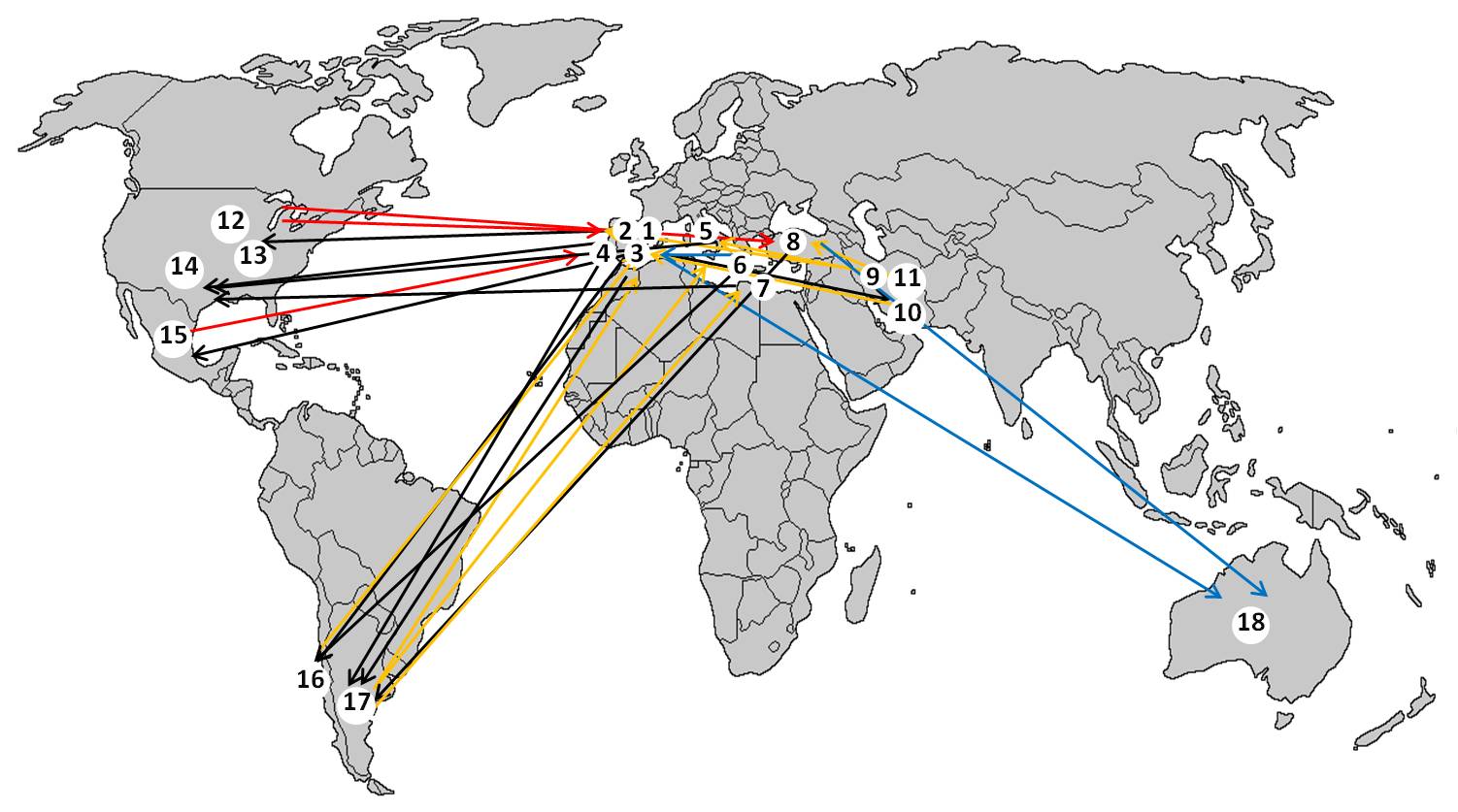Gypsum soils occur worldwide and represent natural laboratories of evolution and ecology. The unusual mineral content of gypsum soils is a significant barrier to the growth of most plants, and yet these soils host highly diverse endemic floras that have evolved independently on five continents. Nevertheless, these ecosystems are poorly understood compared to those of other unusual substrates. Little is known about the conservation status of gypsum floras, the potential impact of climate change on them, and their responses to mitigation and restoration.
The GYPWORLD project aims at an integrated global study of the ecology and evolution of plant and lichen life on gypsum, including eight gypsum-rich regions from four continents that differ in geological origin, climate, and flora. In particular, the project aims to:
- Assess the plant and lichen diversity of gypsum
- Investigate the evolutionary origins and assembly of these floras
- Evaluate potential adaptive mechanisms on gypsum, the functional structure of gypsum plant and lichen communities, and the processes regulating gypsum ecosystem function
- Analyse the responses of gypsum communities to global change drivers and explore how gypsum ecosystem restoration/conservation may help mitigate the effects of global change
- Promote the study of gypsum ecosystems; and
- Communicate the ecological and conservation value of these ecosystems to the public.

Gypsum Ecology
Gypsum outcrops extend over 100 million ha throughout the globe, particularly in arid and semi-arid areas. Together with the arid conditions, gypsum soils show a suite of physical and chemical characteristics that render them particularly restrictive for plant life. Surprisingly, in spite of their limiting nature, they host a highly diversified and specialized flora that constitutes a global conservation priority. Despite their relevance, and difference to other “special” substrates like saline or serpentine soils, gypsum soils have received little attention in the past, and the mechanisms displayed by organisms to live on them remain largely unknown.
